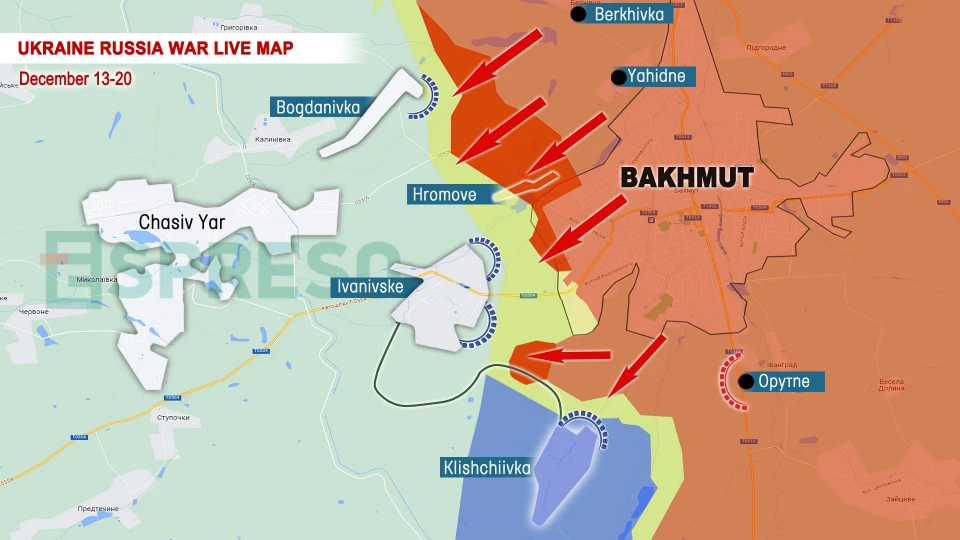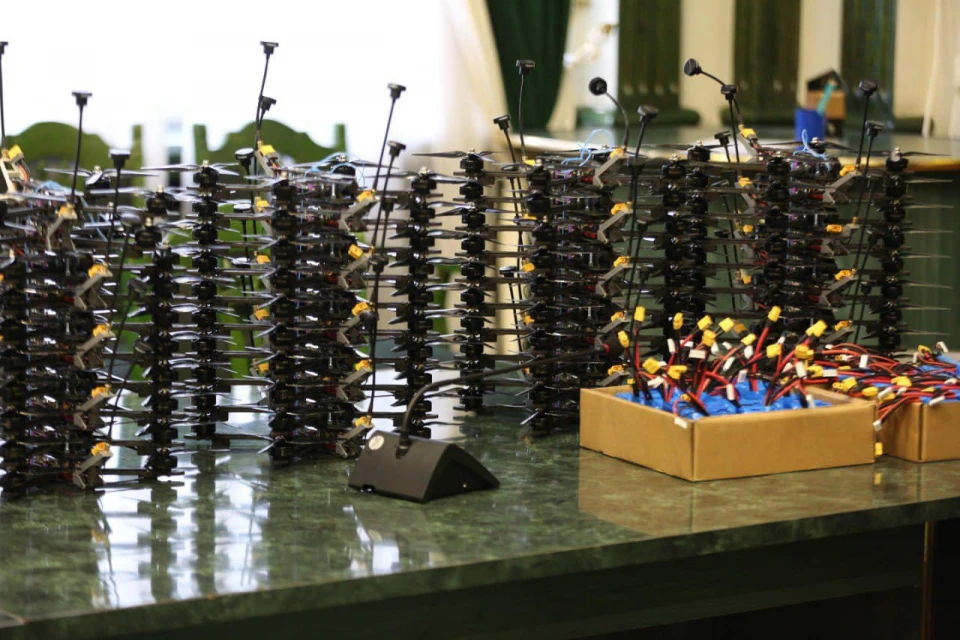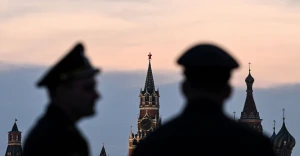
Ukraine should focus not on 1 but on 2 million FPV drones within year. Column by Serhiy Zgurets
Regarding long-range drones, the production rate should be no less than Russia's supply and use of Shahed drones
Ukraine plans to produce more than 1 million FPV drones by 2024
Volodymyr Zelenskyy has promised that Ukraine will produce 1 million drones next year. Yesterday, new details were added, as Minister of Strategic Industries Oleksandr Kamyshin specified that it is only about FPV drones and that more than 50,000 of them will be produced in December this year. As I understand it, we are talking about all of Ukraine's public and private facilities that produce disposable strike drones. The share of private teams and companies is higher than that of state-owned ones. Ukraine has also set a goal to produce medium- and long-range attack drones.
According to Kamyshin, next year it is planned to produce more than 10,000 medium-range attack drones with a range of up to 100 km and 1,000 drones with a range of up to 1,000 km. Kamyshin says that all industrial capacities are ready and contracting for next year has already begun. These statements are very optimistic, but when it comes to the production of FPV drones, we should focus on 2 million drones rather than 1 million to minimize the gap in the rate of production from Russia. When it comes to long-range drones with a range of over 1000 km, the production rate should be no less than the rate of supply and use of Shaheds by the Russians. In particular, from 200 to 400 units per month. These are the goals that should be set for our industry.
It should also be understood that drones do not compensate for the lack of shells and ammunition at the front. This component critically determines the nature of hostilities along the entire front line.
Current situation in Kupyansk and Bakhmut directions
The commander of the Land Forces, Oleksandr Syrskyi, recently said that along the entire front line, the Defense Forces have to fight in conditions of enemy superiority in weapons and personnel. However, according to the UK Ministry of Defense, a breakthrough of the front line by Russian troops is unlikely, although the Russians continue to advance. The front remains static and Ukraine is moving to a more defensive strategy of warfare. When we talk about the area from Bakhmut to Kupyansk, it is worth noting that Russian troops are trying to advance along all these sections of the front to reach the administrative borders of Donetsk and Luhansk regions. There are minimal advances of the Russian troops. Near Bakhmut, the enemy is trying to advance in the direction of Chasiv Yar, putting pressure on Ukrainian positions near Bohdanivka, Khromove and Ivanivske. The situation there remains very difficult. Ukrainian forces are holding back the Russians with artillery and by redeploying units from other parts of the frontline.
 A map of hostilities in the Donetsk region for December 13-20
A map of hostilities in the Donetsk region for December 13-20
The invading Russian army continues to put pressure on the Ukrainian defense line in the Lyman direction
Serhiy Dibrov, head of the public relations service of the 21st separate mechanized brigade, said that the enemy continues to try to break through the Ukrainian defense in the Lyman direction. According to him, the units of the Defense Forces are holding back the Russian troops, but often do not have enough ammunition to do so. He noted that this situation is quite common in war. After all, in the face of intense fighting, there is never too much ammunition.
Serhiy Dibrov also said that the brigade has a company of unmanned aerial vehicles. The pilots work very hard and have good results. Dibrov emphasized that drones are currently the most effective weapon on the front line. The Russian electronic warfare equipment on the front line is not sufficient to withstand drones. Therefore, the efficiency is very high.
Serhiy Dibrov said that the Russians are using a new type of drone. According to him, it is difficult to detail how exactly the aircraft have changed from the wreckage, but it seems that the Russians are converting ordinary drones into a strike version. He emphasized that the number of attacks by Russian UAVs on our positions has recently increased. Ukrainian units have anti-drone equipment, including trench electronic warfare and anti-drone rifles. However, according to Dibrov, such means are always not enough to completely minimize Russian attacks. Dibrov emphasized that the next stage of air combat will be the fight against electronic warfare. Therefore, the military hopes that EW equipment will become an urgent issue for the production and procurement for the needs of the Armed Forces.
Does Ukraine have the capacity to produce 1 million FPV drones per year?
Vadym Yunyk, President of the Association of Drone Manufacturers Technological Forces of Ukraine and Chairman of the Supervisory Board of the defense-technical company FRDM, said that only the military can tell the exact number of drones needed. Different experts give different numbers, but these are just guesses. The number of drones is determined by the military according to the tasks on the battlefield. Today, according to Yunyk, Ukraine cannot produce a large number of drones. However, the figures announced by the president are quite realistic with the support of enterprises and an increase in production. There is a problem that private drone manufacturers often do not have clear orders from the Ministry of Defense. That is data on what is needed right now on the front line. Yunyk noted that the president's words are a good signal. "It shows that the political leadership hears the requests of the military. Now it is important that the military leadership clearly formulates a request to manufacturers.
 FPV drones
FPV drones
Vadym Yunyk also emphasized the importance of state involvement in the production of drones at private enterprises. In addition to a well-formed order, Yunyk said the state should book the people involved in production. After all, every entrepreneur producing drones for the needs of the Defense Forces must be sure that they will have the resources to do so. That is, people. Private enterprises that manufacture drones are strategic, and therefore the state must provide armor for these people. The logistics of components can also be considered a possible difficulty in manufacturing. However, according to him, today most manufacturers have adapted to the conditions and are no longer dependent on a single supplier. In addition, some Ukrainian companies have started to produce individual components for drones themselves. This is a fairly correct direction that will allow scaling up production.
Vadym Yunyk said that more than 200 companies in Ukraine manufacture drones of various types. As for the companies that produce FPV drones, there are more than 60 of them. However, some companies produce more than 2,000 FPV drones per month, and some can produce tens of thousands of such drones. These companies are almost fully automated.
- News














































